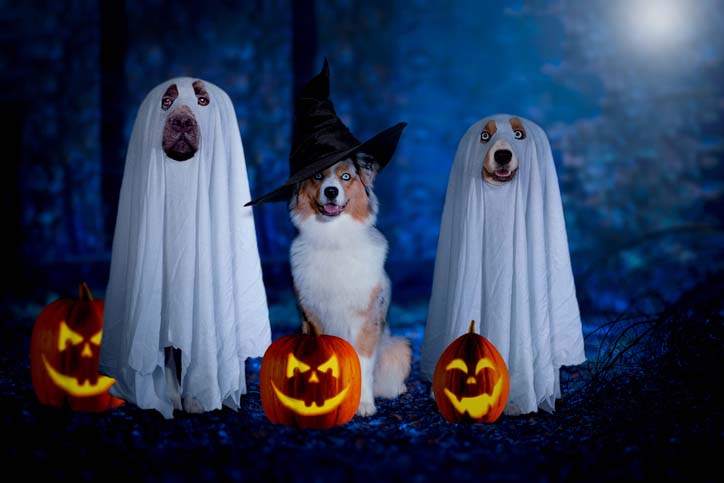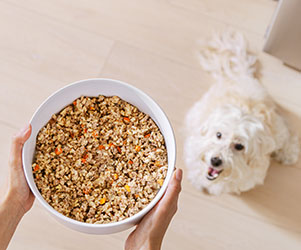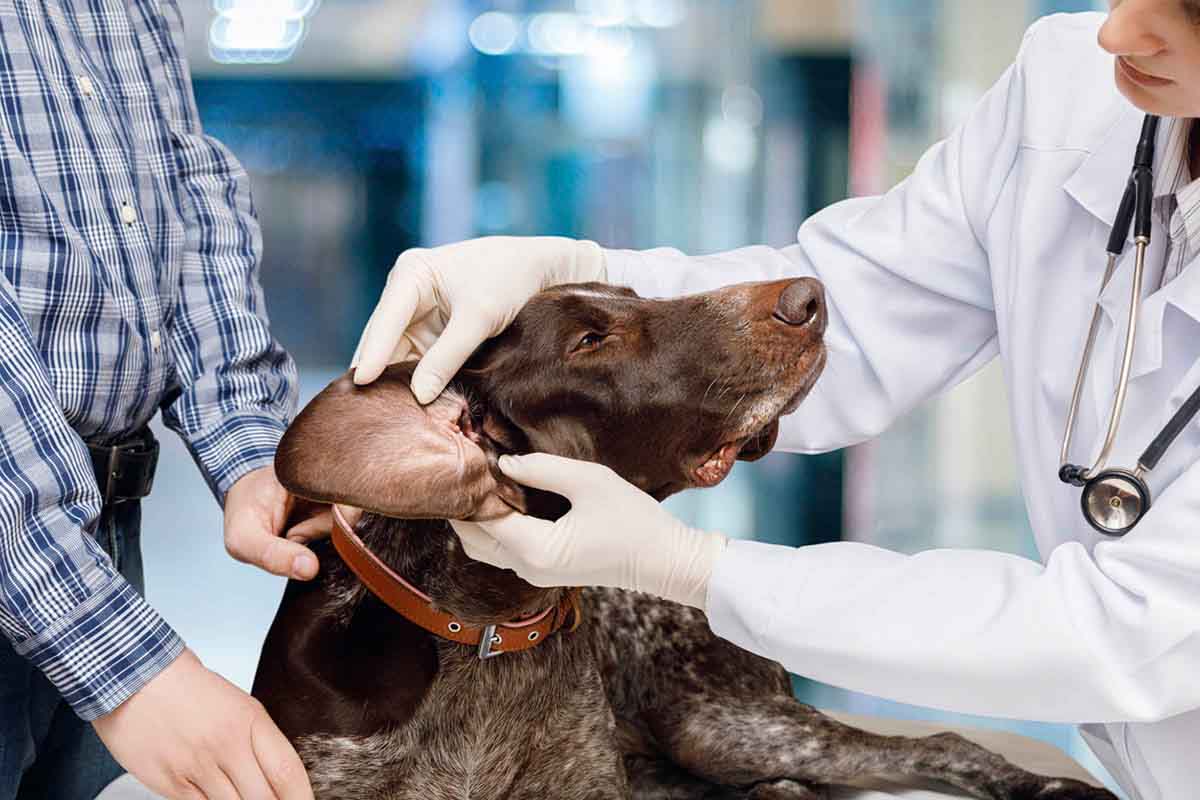5 Tips For Keeping Pets Calm During Halloween
Halloween is many people’s favorite day of the year, but for our four-legged family members, it can be very scary!
Halloween is many people’s favorite day of the year, but for our four-legged family members, it can be very scary! All of a sudden, nothing is what it seems; even the days leading up to Halloween can be spooky.
There are various hazards including candy, costumes, children, constantly ringing doorbells, and decorations. It can be a dangerous and frightening time of year for our pets, but they will be a little safer if you follow our 5 tips to help calm your pets during Halloween.
1. Calm Their Nerves Naturally

A calming supplement is perfect for the days leading up to Halloween and then for the spookiest night itself. Seek a natural, herbal combination of valerian root and passionflower that mimics their own ‘calming’ neurotransmitters.
It may be used year-round by pet parents to help dogs cope with external stressors, or for occasional anxious events like car rides to the vet, or storm or firework phobia.
2. Keep the Treats Away From Pets
Candy is for human trick-or-treaters only. Almost all candies are dangerous to our four-legged children and many can be very toxic. Avoid all forms of chocolate, but dark or baking chocolate is the worst!
Sugar-free candies can contain the artificial sweetener, xylitol, which is very toxic in tiny quantities for cats and dogs. If you suspect your pet has ingested something toxic, please call your veterinarian or the ASPCA Poison Control Center at (888) 426-4435 immediately.
3. Don’t Force Your Pet Into a Costume
If your pet loves dressing up – then by all means have them join in the fun. But some pets obviously hate being put into a costume. They’ll freeze with their tail between their legs, or try to take it off.
If this is the case and you do not have a Halloween-loving pet, it’s best not to force the issue. Don’t forget, there could be other pets out there with costumes and your pet may react unpredictably to those, too.
If your pet does love to dress up, make sure you put the costume on in advance so that he/she becomes used to it. This is the time to make adjustments; make sure your pet can see, walk, and move normally. Try walking around to make sure there are no surprises on his/her big night out, and never leave a pet unattended in a costume.
4. Halloween Is Only Fun If Everyone Makes it Home Safely!
Current ID tags and licenses with a microchip can be lifesavers for a lost pet. We believe a microchip is a must if you’re going out on Halloween. These are tiny identification chips that are injected under the skin by your vet. If lost, a shelter can scan your pet and the chip will provide information that leads them back to you. This might not be a bad idea for your pet even if you don’t leave the house. The constant doorbell ringing spooks many pets and the repetitive door opening and closing can lead a scared pet to run away.
5. Scary Decorations
Scary decorations are even scarier to our pets, so keep them at a safe distance! Dogs can easily knock over the carved jack-o-lantern and start a fire. Puppies and kittens are especially at risk of getting burned by a candle flame, due to curiosity or getting electrocuted from chewing on the cords of lights and motorized decorations.
Just going on a walk on the days before Halloween can be scary! Pets can recognize faces, and many scary lawn or window decorations with faces or masks are placed at ‘dog height’ and will spook them.
Halloween can be fun and safe for your pets, but only if you prepare well and follow our tips. Keep all pets leashed the entire time if they go trick or treating with you. Use a calming supplement the days before and during Halloween.
Lighted harnesses and collars provide an added layer of safety. Keep them away from candy, and don’t make them do anything or go anywhere they don’t want to go. If you do all this and keep your eyes and ears open – you’ll have a great time with your pet on our spookiest day!
This content is for informational use only and does not replace professional nutrition and/or medical advice, diagnosis, or treatment. It is not a substitute for specific nutrition and/or medical recommendations. Please talk with your veterinarian about any questions or concerns.








